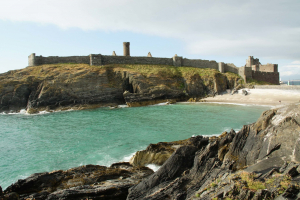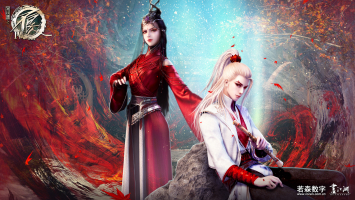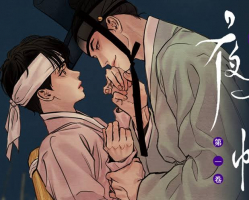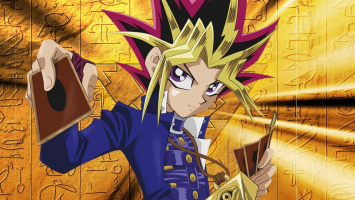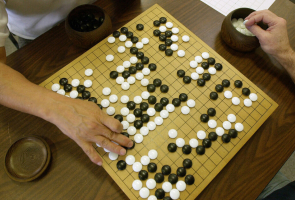Top 10 Historical Inspirations for Game of Thrones
One of the most-watched TV programs of all time is Game of Thrones. Westeros has attracted millions of admirers worldwide since 2011 (or 1996 for the books), ... read more...and it has become a major cultural phenomenon. The ability to defy fantasy genre norms and incorporate intricate political subplots into their narrative made the program and book famous. In this article, we will sum up the top historical inspirations for Game of Thrones.
-
Before the invasion of Aegon the Conqueror, Westeros had been subject to two major invasions - the first was the invasion of the First Men and the second was the invasion of the Andals. The Children of the Forest and the Giants lived in Westeros before mankind arrived; a large portion of this period is referred to as the Dawn Age. However, the First Men reached Westeros by crossing the Arm of Dorne, which separated the continent from Essos. This marked the start of a conflict between men and children that lasted for thousands of years before coming to an agreement that also marked the end of the dawning age.
Clearly, historical retellings of British mythology served as inspiration for this. Several stories from British mythology claim that Elves and other mythological creatures lived in the British Isles before there were any people there. Then humans landed in Britain and engaged in a land battle with the magical creatures. This reminds the audience a lot of the Dawn Age story.
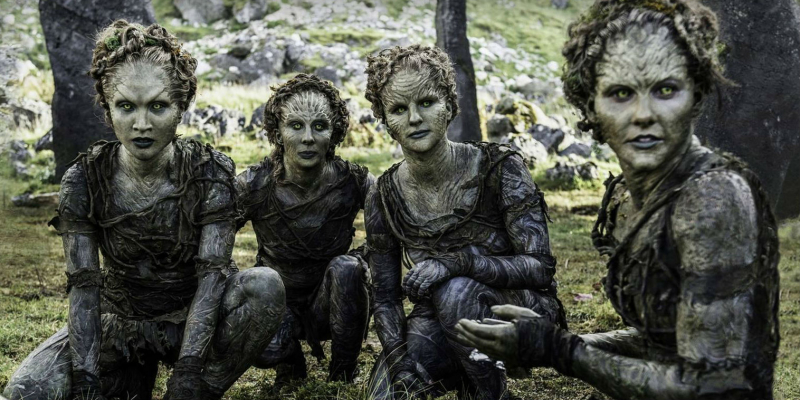
Screen Rant 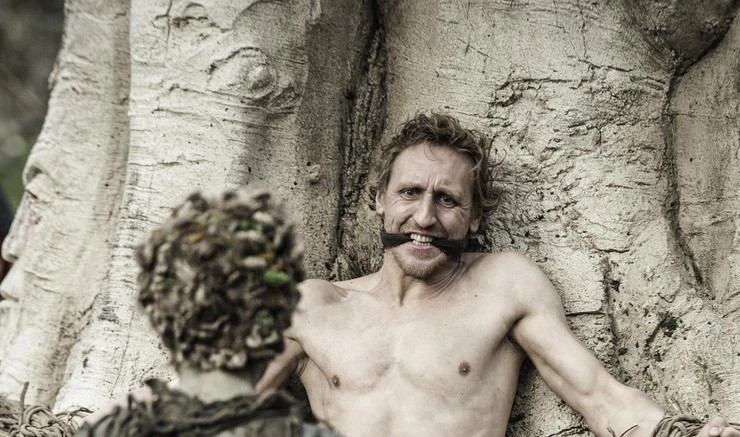
Game of Thrones Wiki - Fandom -
The battle for control between many families might be considered the defining narrative of the first few seasons of Game of Thrones. However, this would not only apply to Game of Thrones but also to the War of the Roses. There are many direct connections between real-world and fictitious conflicts, and George R. R. Martin, who is well known for drawing inspiration from The War of the Roses when creating A Song of Ice and Fire trilogy, has studied the topic extensively.
The War of the Roses was a multigenerational conflict in the UK between the families of Lancaster and York. Even a mad king, a young king, and a Hand of the King participated in the conflict (Protector of the Realm). The houses of Lannister and Stark in Westeros and the two families in the War of the Roses have many things in common. Two competing royal families—the Yorks and the Lancasters—fought for control of England's throne throughout the battle. The comparison to the struggle for control of Westeros' Iron Throne between the Stark and Lannister families is fairly obvious, but Martin is a diligent researcher, so the parallels extend much further than just the names. Mad kings, heirs being spirited away, and alliance-sealing marriages are all plot points in both Game of Thrones and its real-world counterpart.TED-Ed 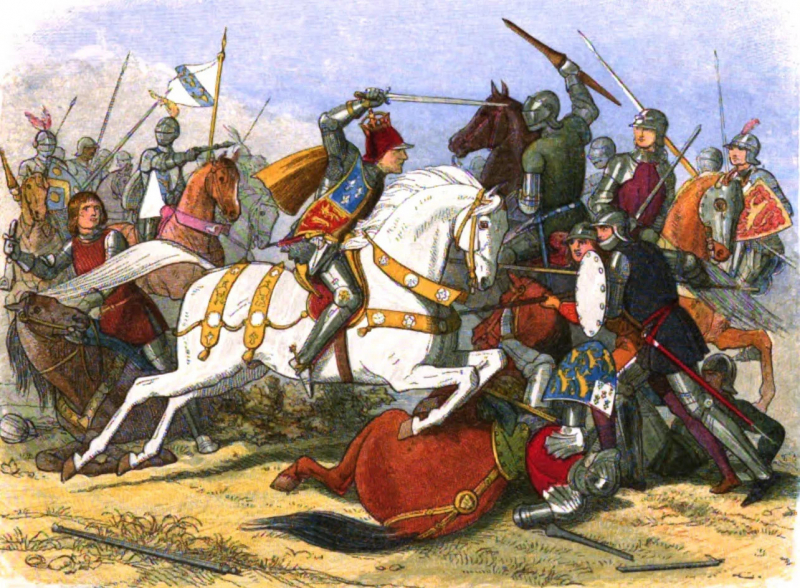
Encyclopedia Britannica -
The second significant invasion that Westeros experienced was that of the Andals. The Andals from Essos arrived and took over as the dominant race on the continent after the First Men learned to coexist peacefully with the Children of the Forest. The Faith of the Seven, which the Andals introduced, gradually replaced the Old Gods of the First Men and the Children of the Forest as the predominant religion in the region.
The Andal Invasion, which takes place 6,000 years before the events of Game of Thrones, is comparable to the Saxon Invasion. The Andals abandoned their native realm of Northern Essos in order to elude the approaching Valyrian Freehold. The majority of people in Westeros have a mixture of Andal and First Men blood in them, therefore the Andals were able to conquer the region using a combination of cutting-edge military technology and strategic marital connections. The Andals, whose blood is more closely related to the First Men and whose culture is distinct from that of the other Seven Kingdoms, were unable to conquer the North.
Because one of the Germanic peoples who participated in the Saxon invasion was known as the Angles, the similarities are even more striking.Saravannan Balakrishnan 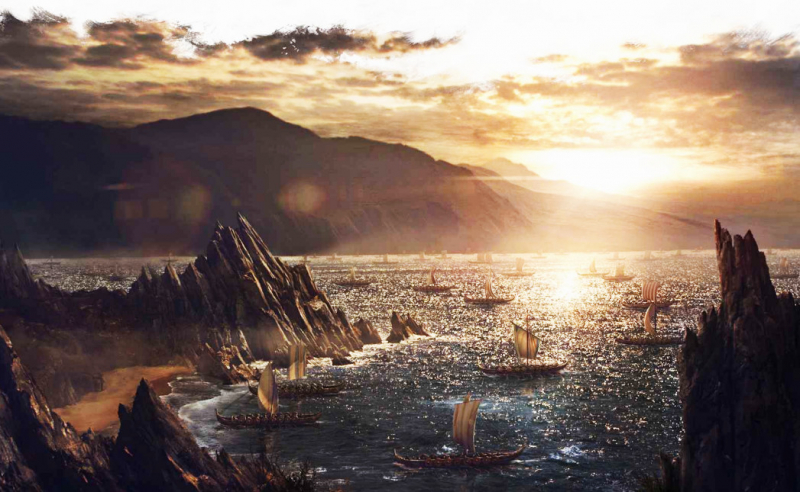
A Wiki of Ice and Fire - Westeros.org -
The Seven Kingdoms are divided from the Free Folk and White Walker wildlands by a structure called The Wall, which is located in the extreme north of Westeros. The ice Wall, which stretches from the Shivering Sea in the east to the Bay of Ice in the west, is more than 700 feet tall and more than 100 leagues broad. The White Walkers and the Wildlings who resided beyond the Wall were intended to be kept out when the Wall was constructed.
Hadrian's Wall in the UK is unmistakably the inspiration for Westeros' Wall. The building of a wall in northern England was mandated by Emperor Hadrian in order to keep the Scots out of the Empire. It is easy to see how the Wall in Game of Thrones compares: it is 300 miles long and has been there for eight thousand years. According to tradition, the Children of the Forest later combined magic with the war under the direction of the renowned Stark lord Bran the Builder. The wall's main objective is to stop future attacks by the White Walkers, who attacked during The Long Night. The Wildings were also prevented from accessing the Seven Kingdom by the Wall. The Wall of Westeros was also an attempt at power projection and everyone south of it was the lucky ones: however, the events in the novels and TV shows have proven him wrong.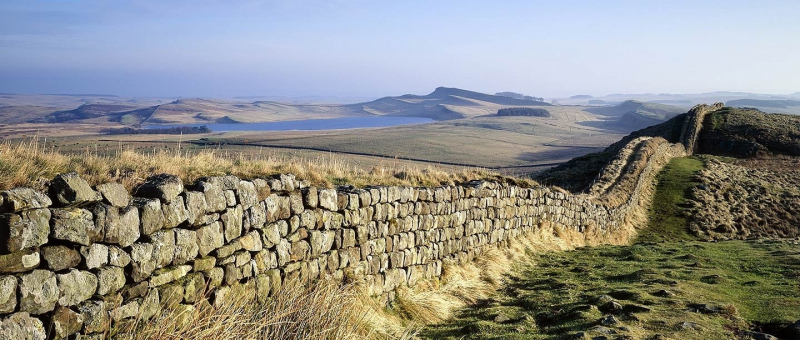
English Heritage 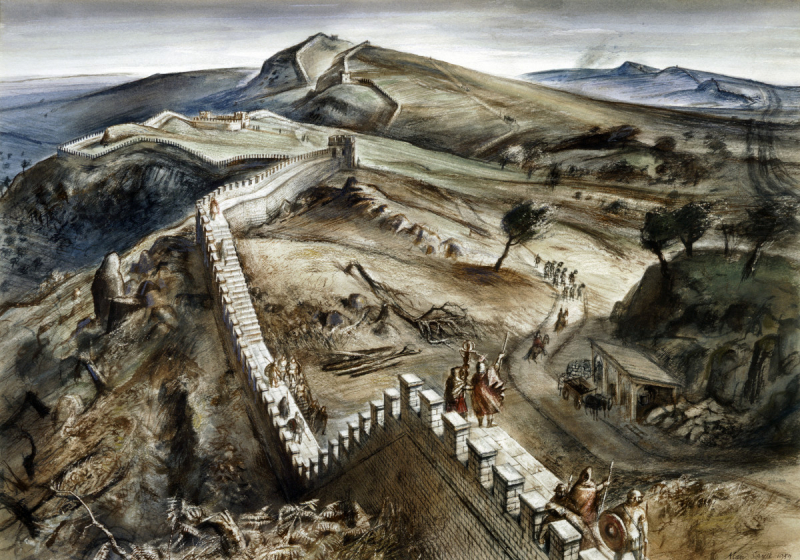
History.com -
The Red Wedding, where the Freys and Boltons betrayed Robb Stark during the wedding of his uncle Edmure Tully to Rosin Tully, is one of the most infamous scenes from Game of Thrones. The result of the action was the demise of Robb, his wife, and his mother, the hostage-taking of Edmure, the appointment of the Boltons and the Freys as the respective Wardens of The North and The Riverlands, and the temporary cessation of the secession of these lands.
The Black Dinner in 1440 had an impact on The Red Wedding. James II, who was 10 when he became king of Scotland during this time, ruled during this period, and his court was rife with rival groups fighting for control. Clan Douglas was seen as a potential danger to the authority of Alexander Livingston, the Lord Chancellor, and Sir William Crichton. The 16-year-old William Douglas, 6th Earl of Douglas, and his younger brother were enticed to an Edinburgh Castle meal of reconciliation with the monarch. The Douglases were hauled out and put to death after being given a Black Bull's head, a death symbol.
Even though the Red Wedding is one of the most devastating scenes in all of the Game of Thrones, those who are familiar with Scottish mythology might have predicted Catelyn and Robb Stark's deaths. The Red Wedding was in fact directly influenced by two events in European history. The Glencoe Massacre and the Red Wedding have comparable levels of violence, while the Black Dinner in 1440 more closely resembles George R.R. Martin's literature in terms of finer details.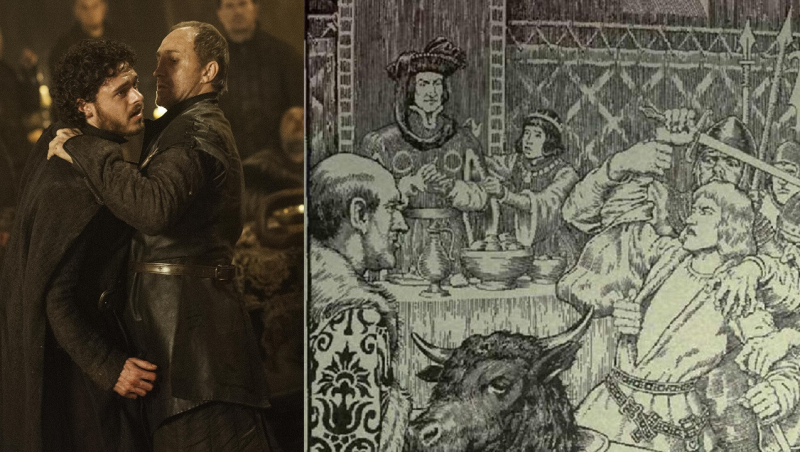
Twitter TheFortress -
We get a taste of Khal Drogo's brutal, nomadic lifestyle when young Daenerys Targarian is married off to him. Strength is prized generally in Dothraki culture, and being some of the world's deadliest warriors, they spread fear throughout the nation.
The Mongol empire, which dominated much of Asia and Europe in the 13th and 14th centuries, was similar to this in many ways. The Mongols, like the Dothraki, were fierce warriors who vanquished foes while mounted and were always on the go. The Dothraki imitated the Mongol practice of teaching children to ride and battle from a young age, learning archery and riding from a young age.
Genghis Khan, a legendary warrior and fornicator who is still held accountable for around 0.5 percent of the world's male population built the Mongol Empire. He served as the model for Khal Drogo, who was regarded as the most fearsome Khal of them all.
A History Of Thrones 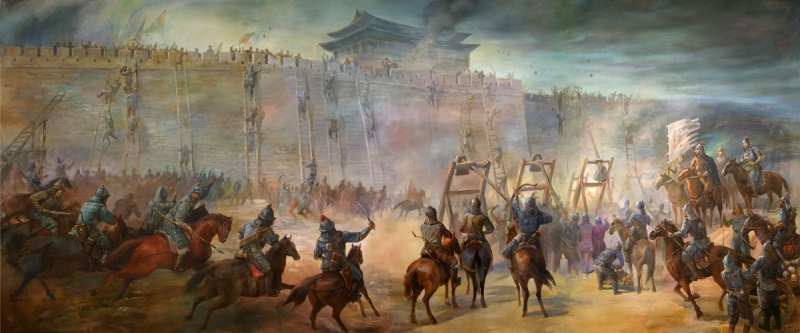
Apollon Undergraduate Journal -
Because so many of the empire's lands broke apart and were overrun by other nations and tribes, the fall of the Western Roman Empire is notorious and is regarded as the beginning of the Dark Ages in Europe. The Valyrian Freehold served as Game of Thrones' analogue to the Roman Empire, capturing much of Western Essos. The freehold experienced a spectacular fall following a natural disaster known as the Doom of Valyria.
The Doom of Valyria was a rapid catastrophe, whereas the Fall of the Western Roman Empire was a protracted one, yet both disasters' aftereffects are comparable. Italy became a collection of city-states after the fall of the Roman Empire, and the nine Free Cities can be found in Western Essos. One of them is Braavos, a city with canals similar to Venice. The Dothraki invade Western Essos during the Century of Blood, plundering the ruins of the Freehold like the Huns did when they invaded and raided Italy.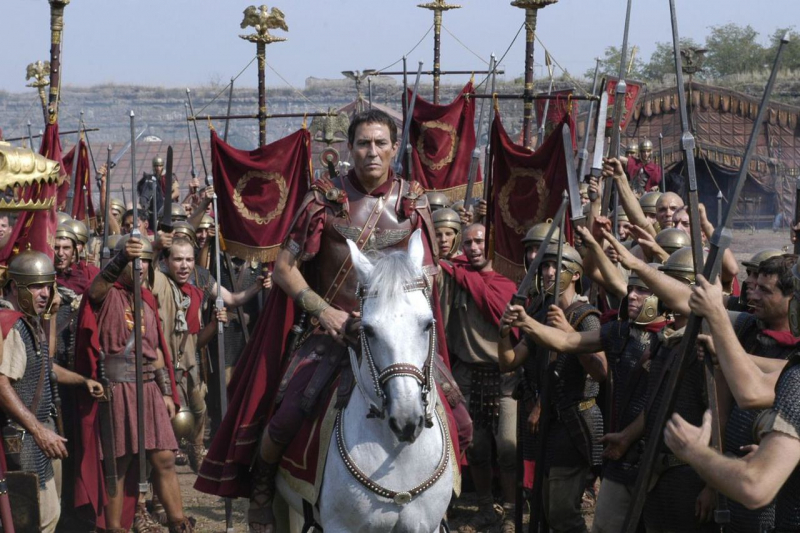
The Verge 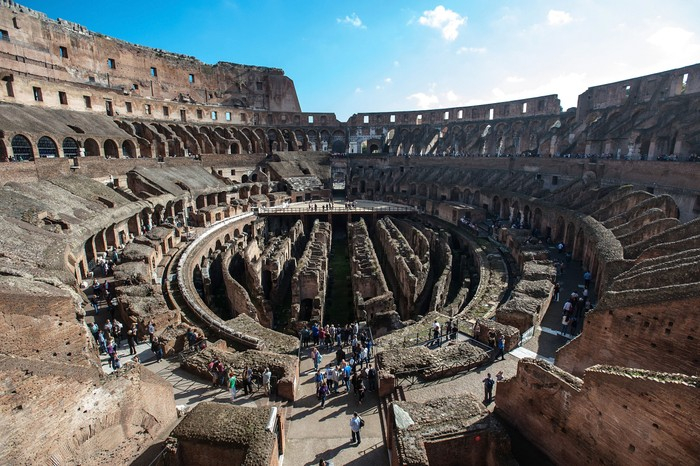
HistoryExtra -
The Roman Empire was known for having some batshit mad emperors, and Caligula, the third emperor, was probably the most insane and brutal of all of them. When he became emperor, Caligula was only 24 years old. He only held the position for less than four years before his bodyguards assassinated him.
Caligula was known for his aggressive tendencies; among his claimed offenses were commanding that a portion of the spectators at games he presided over be devoured by wild animals, boasting about sleeping with other men's wives, and having a statue of himself erected in the Temple of Jerusalem. He was also accused of committing incest with his sisters and prostituting them – turning the palace into a brothel and making his horse into a consul.
Joffrey Baratheon has often been compared to Caligula and his style of rule: Joffrey was really the product of an incestuous relationship between a twin brother and sister Jaime and Cersei Lannister, he enjoyed violence and humiliating people – including his betrothed Sansa Stark – and ordered massacres for the slightest infraction. While in the TV show Joffrey sexually humiliated two prostitutes when they were given to him as gifts by his uncle Tyrion and murdered another with his crossbow, it was revealed in the books that Joffrey killed a pregnant cat when he was a young child and when he presented the kittens to his parents King Robert punched him so hard that he knocked out some of Joffrey's teeth.
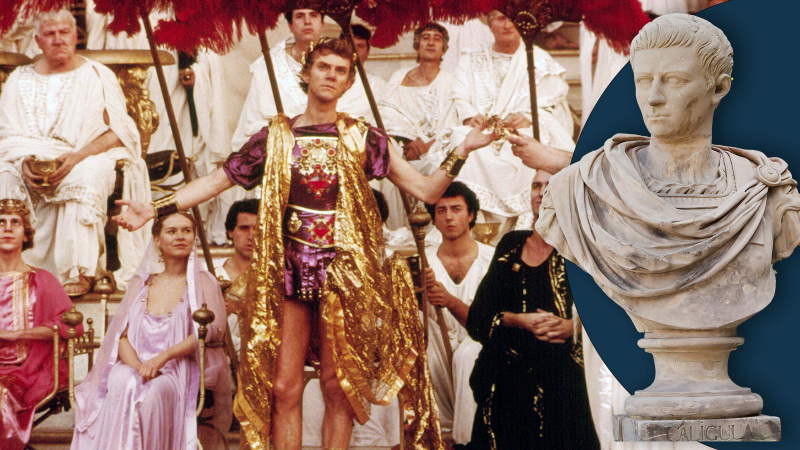
The Times See U in History / Mythology -
The Battle of Blackwater Bay, one of the many spectacular scenes on the show, probably left viewers torn between wanting Stannis to truly punish the loathed Lannisters and simultaneously supporting Tyrion, the fan favorite and the sole redeeming Lannister. In the television series, our favorite dwarf outwits the more powerful Baratheon army with Wildfire, a deadly mixture that burns wood, steel, stone, and human flesh all at once.
This tiny ploy was probably inspired by the second conquest of Constantinople. Greek Fire, a material used in this fight, decisively destroyed the invading Arab army. One of the most potent and enigmatic weapons in ancient history was Greek fire. The name derives from the first recorded use of fire by besieged Greeks in the seventh century. Due to their unique capacity to continue burning while submerged in water, the Byzantines frequently used fire during naval battles in addition to the besieged Greeks. Greek fire's composition is still a mystery to historians, but experts speculate that it may have contained sulfur, quicklime, or pine resin.
Westeros' wildfire, used most effectively in one of Game of Thrones' best episodes "Blackwater", is clearly inspired by Greek fire, both are highly destructive, mysterious, and burn on water.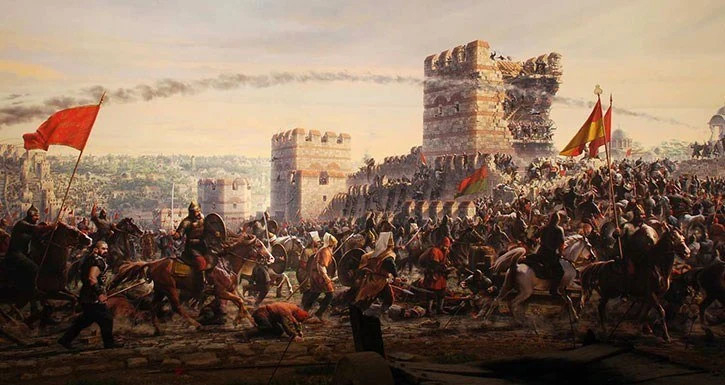
H for History Wizards and Warriors -
Seeing the ruthless and unpredictable Joffrey Baratheon meet a justifiable, violent end was one of the series' more rewarding scenes. But if we had only known the brutality our next antagonist would bring, we might have happily put up with Joffrey.
Ramsay Bolton applied the procedure on a whim, taking the symbol of his family—the flayed man—very literally. His sadistic delight in the suffering was nauseating, made worse by the knowledge that his portrayal is based on a real person.
In addition to their military strength, the Assyrians were dreaded for their insatiable desire for torture. Assyrian King Ashurbanipal was no different, using torture as a tool for psychological conflict. In addition to being crucified and impaled, Ashurbanipal also relished showing off his flying prowess in public. The poor victim had their skin slowly peeled away, starting at the buttocks, thighs, or lower legs. Not only that, but King Ashurbanipal had a nasty habit of hanging the peeled skin around the city walls as a grisly warning to those who disobeyed.
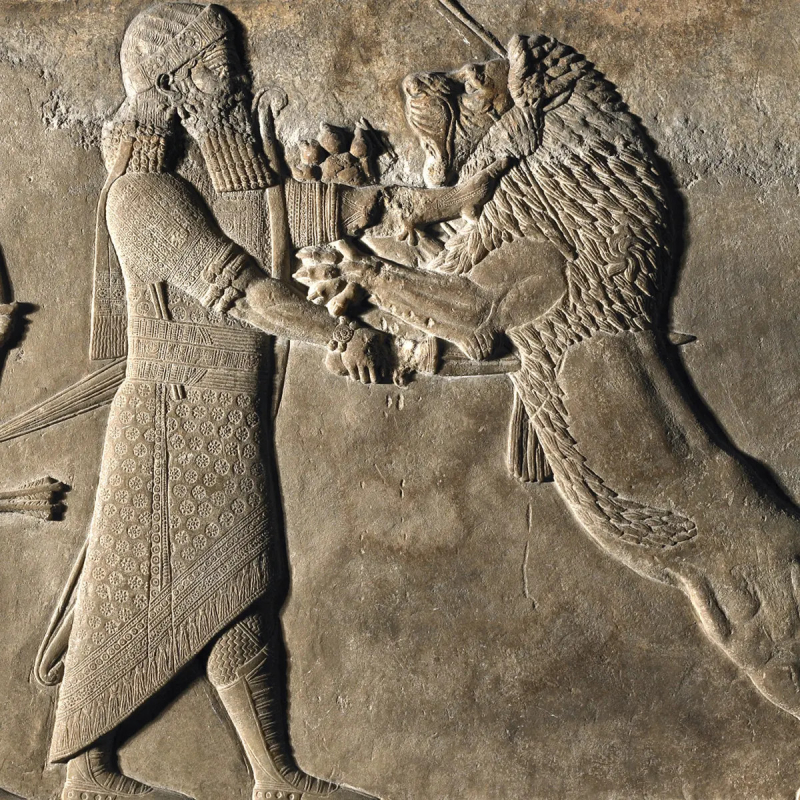
The Guardian History Explained












